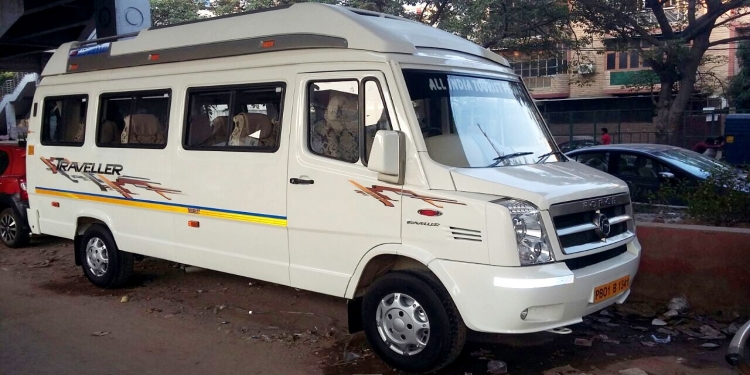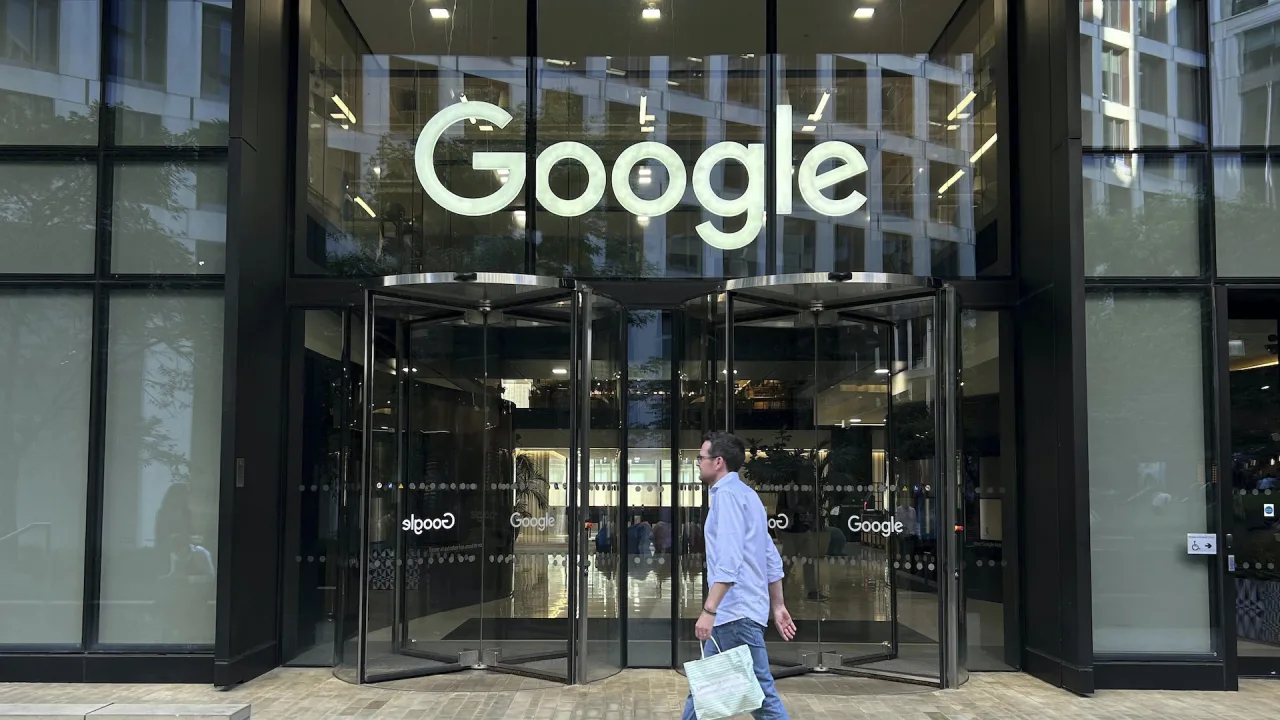Uber is hedging its bets when it comes to robotaxis
Uber CEO Dara Khosrowshahi is enthusiastic about the company’s pilot with Waymo. In Q1 prepared remarks, he said the launch in Austin has “exceeded our expectations,” noting that the 100 self-driving vehicles there were busier than 99% of the city’s human drivers. The strong performance has Uber looking ahead to its next Waymo rollout in Atlanta. But Waymo isn’t Uber’s only autonomous partner. Just hours before Khosrowshahi’s comments were released, Uber announced an expanded deal with WeRide, a global rival to Waymo. WeRide’s robotaxis will soon launch in 15 new cities outside the U.S. and China. While Waymo may be Uber’s marquee U.S. partner, the rideshare giant is making it clear it won’t rely on just one self-driving tech provider. Uber’s expanding self-driving deals In the United States, Waymo remains the dominant force in robotaxis, especially since Cruise has shuttered. Waymo’s autonomous vehicles are already operating in Austin and are set to launch in Atlanta. “Waymo’s safety record and rider experience coupled with Uber’s scale and reliability in the market have ensured that these vehicles are extremely busy,” CEO Dara Khosrowshahi noted in his Q1 remarks. But the Uber-Waymo relationship hasn’t been without friction. When Waymo announced a Miami expansion without Uber in December, Uber’s stock took a hit. In response, the company unveiled new American partnerships, first with Volkswagen in April and then with May Mobility in June. (Uber declined to comment for this story.) Meanwhile, Uber’s international self-driving investments are accelerating. Just ahead of Khosrowshahi’s remarks, the company announced an expanded partnership with WeRide, the Chinese robotaxi firm already operating with Uber in Abu Dhabi. The new agreement covers 15 additional cities—intentionally outside both the U.S. and China—and includes a $100 million investment. The same week, Uber announced an expanded deal with Pony.ai, another Chinese autonomous vehicle company. While the agreement excludes operations in China and the U.S., it significantly broadens their collaboration across the Middle East. Just days earlier, Uber also announced a new partnership with Momenta for deployment across Europe. To date, Uber has inked deals with 18 self-driving companies. Waymo may still be Uber’s biggest U.S. bet, but globally, the ride-hailing giant is hedging those bets fast. Who should lead the robotaxi revolution? Not long ago, Uber was hoping to produce robotaxis, and not just commission them. The company invested over $1 billion into their own self-driving technology. But in 2020, it pulled the plug, selling its autonomous vehicle unit to Aurora, where CEO Dara Khosrowshahi now sits on the board. Uber isn’t alone among American companies that failed to crack autonomous driving. Lyft also abandoned its self-driving ambitions. Cruise, General Motors’ robotaxi division, effectively shut down after one of its vehicles dragged a pedestrian about 20 feet. Tesla continues to hype its Full Self-Driving (FSD) software, but Elon Musk’s promised robotaxi still hasn’t arrived. That leaves Waymo as the leading—if not the only—American contender in the robotaxi race. Meanwhile, Chinese firms like WeRide, Pony.ai, and Momenta are rapidly expanding. Uber is poised to play a major role in this growing global market, serving autonomous rides to its loyal user base. For now, Uber isn’t picking just one horse—it’s betting on the entire field.

Uber CEO Dara Khosrowshahi is enthusiastic about the company’s pilot with Waymo. In Q1 prepared remarks, he said the launch in Austin has “exceeded our expectations,” noting that the 100 self-driving vehicles there were busier than 99% of the city’s human drivers. The strong performance has Uber looking ahead to its next Waymo rollout in Atlanta.
But Waymo isn’t Uber’s only autonomous partner. Just hours before Khosrowshahi’s comments were released, Uber announced an expanded deal with WeRide, a global rival to Waymo. WeRide’s robotaxis will soon launch in 15 new cities outside the U.S. and China.
While Waymo may be Uber’s marquee U.S. partner, the rideshare giant is making it clear it won’t rely on just one self-driving tech provider.
Uber’s expanding self-driving deals
In the United States, Waymo remains the dominant force in robotaxis, especially since Cruise has shuttered. Waymo’s autonomous vehicles are already operating in Austin and are set to launch in Atlanta. “Waymo’s safety record and rider experience coupled with Uber’s scale and reliability in the market have ensured that these vehicles are extremely busy,” CEO Dara Khosrowshahi noted in his Q1 remarks.
But the Uber-Waymo relationship hasn’t been without friction. When Waymo announced a Miami expansion without Uber in December, Uber’s stock took a hit. In response, the company unveiled new American partnerships, first with Volkswagen in April and then with May Mobility in June. (Uber declined to comment for this story.)
Meanwhile, Uber’s international self-driving investments are accelerating. Just ahead of Khosrowshahi’s remarks, the company announced an expanded partnership with WeRide, the Chinese robotaxi firm already operating with Uber in Abu Dhabi. The new agreement covers 15 additional cities—intentionally outside both the U.S. and China—and includes a $100 million investment.
The same week, Uber announced an expanded deal with Pony.ai, another Chinese autonomous vehicle company. While the agreement excludes operations in China and the U.S., it significantly broadens their collaboration across the Middle East. Just days earlier, Uber also announced a new partnership with Momenta for deployment across Europe.
To date, Uber has inked deals with 18 self-driving companies. Waymo may still be Uber’s biggest U.S. bet, but globally, the ride-hailing giant is hedging those bets fast.
Who should lead the robotaxi revolution?
Not long ago, Uber was hoping to produce robotaxis, and not just commission them. The company invested over $1 billion into their own self-driving technology. But in 2020, it pulled the plug, selling its autonomous vehicle unit to Aurora, where CEO Dara Khosrowshahi now sits on the board.
Uber isn’t alone among American companies that failed to crack autonomous driving. Lyft also abandoned its self-driving ambitions. Cruise, General Motors’ robotaxi division, effectively shut down after one of its vehicles dragged a pedestrian about 20 feet. Tesla continues to hype its Full Self-Driving (FSD) software, but Elon Musk’s promised robotaxi still hasn’t arrived.
That leaves Waymo as the leading—if not the only—American contender in the robotaxi race. Meanwhile, Chinese firms like WeRide, Pony.ai, and Momenta are rapidly expanding. Uber is poised to play a major role in this growing global market, serving autonomous rides to its loyal user base. For now, Uber isn’t picking just one horse—it’s betting on the entire field.



























































































































































